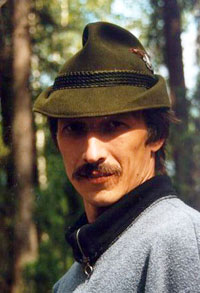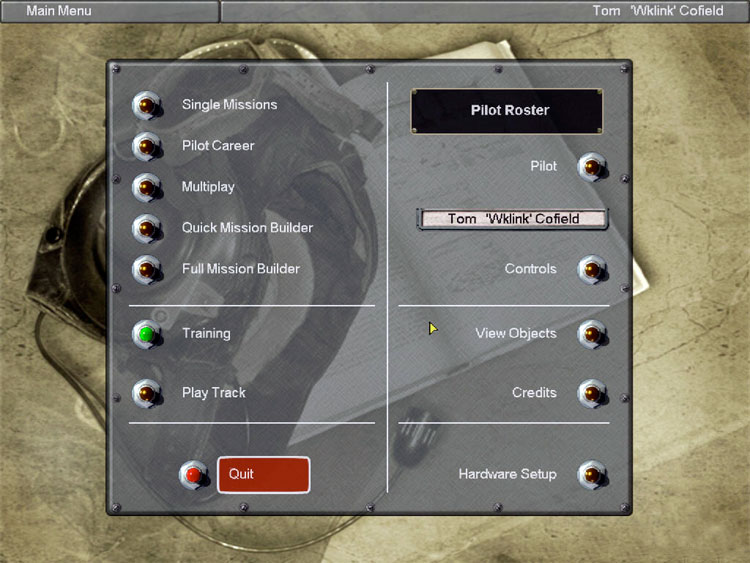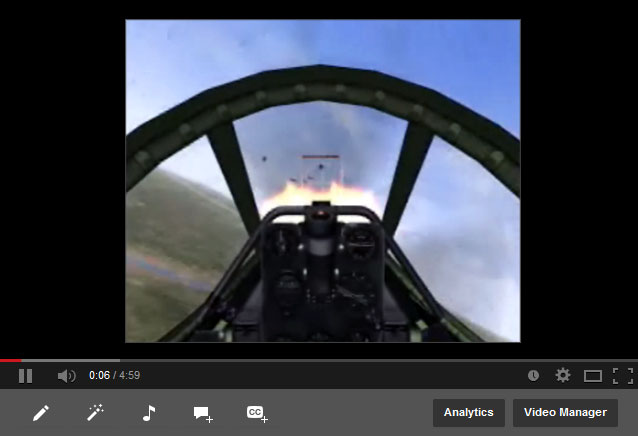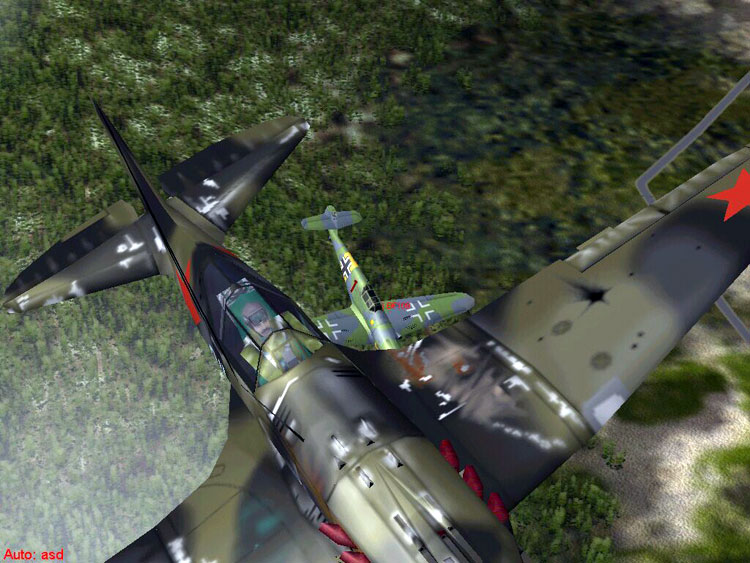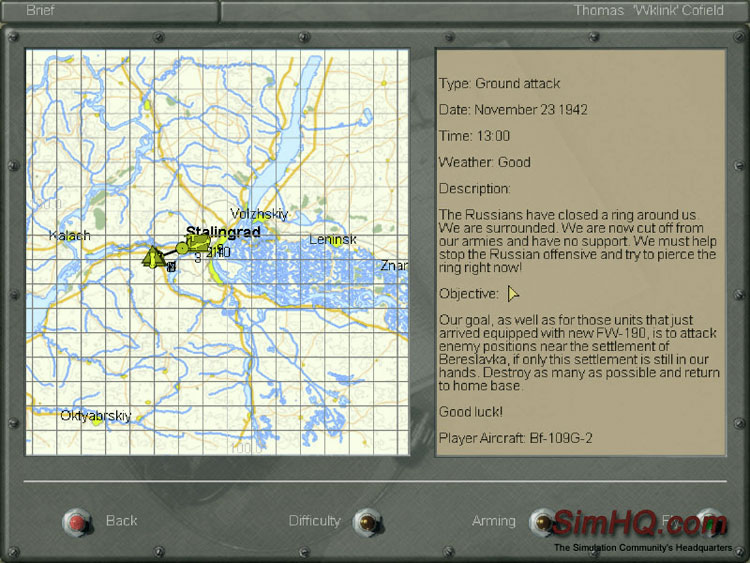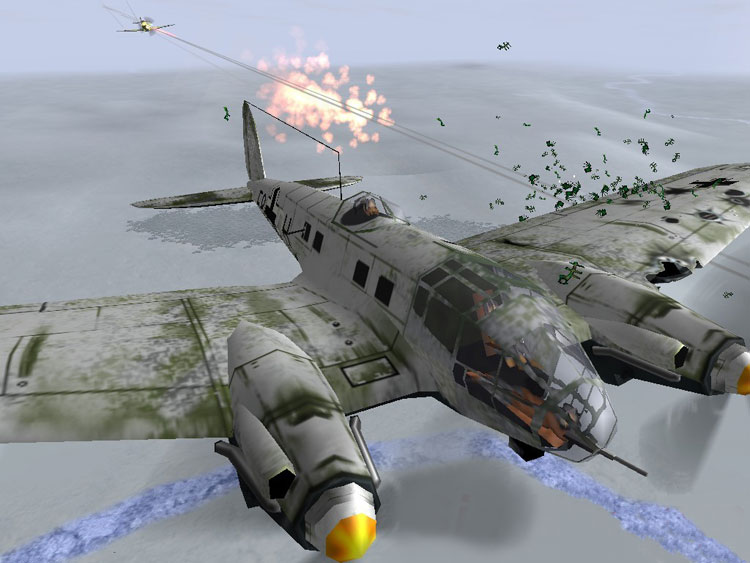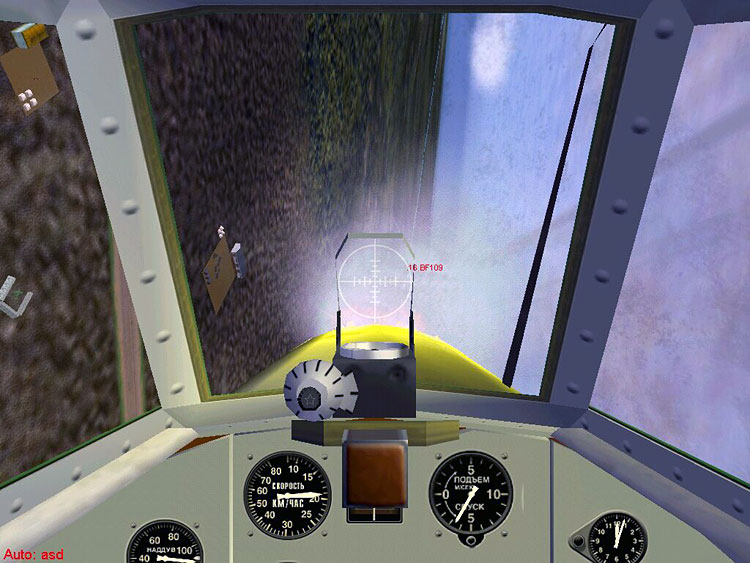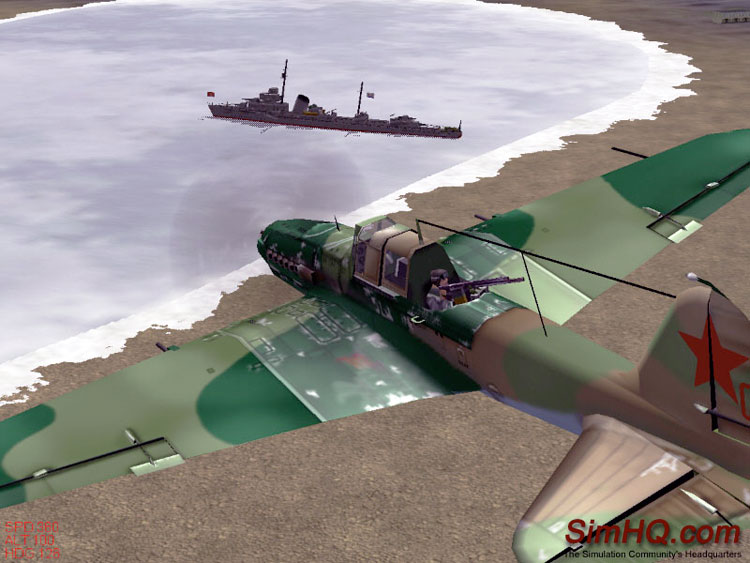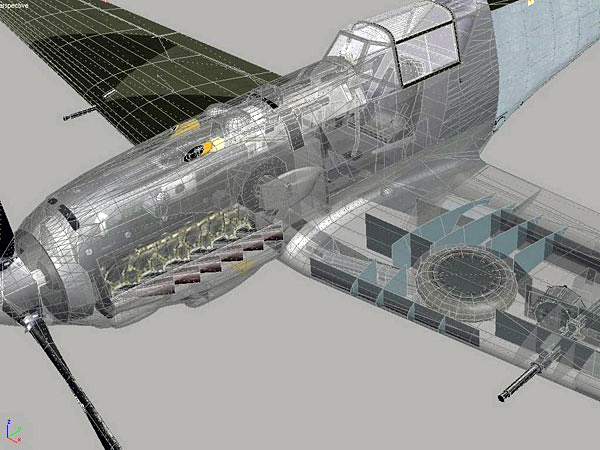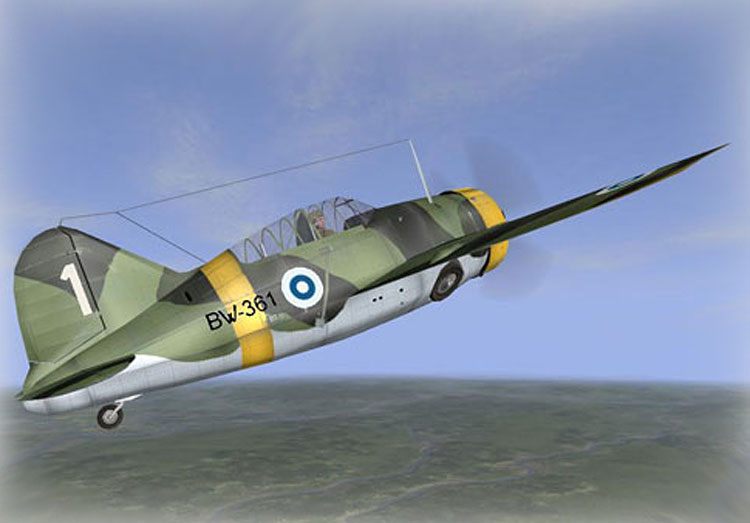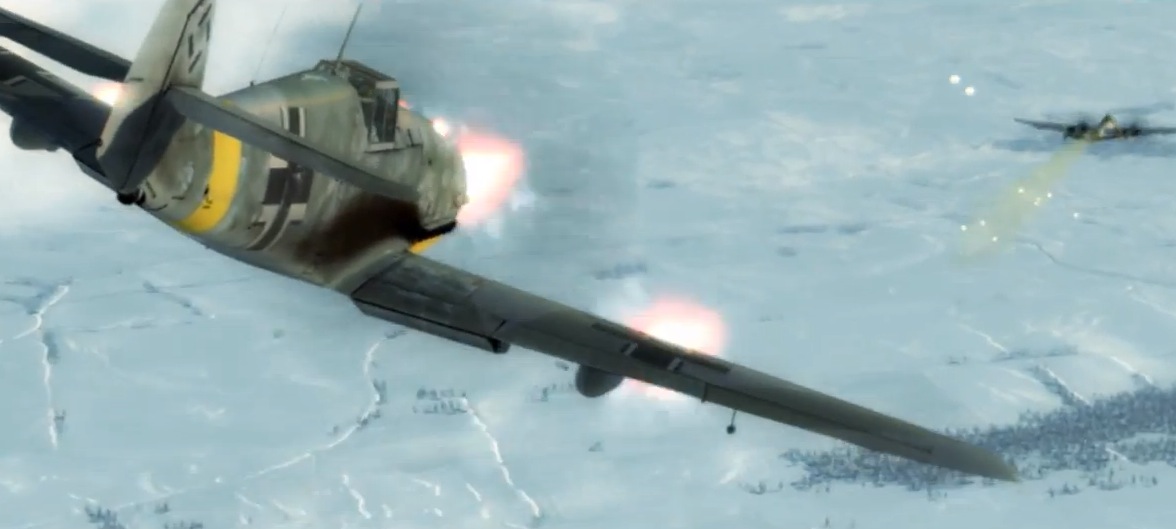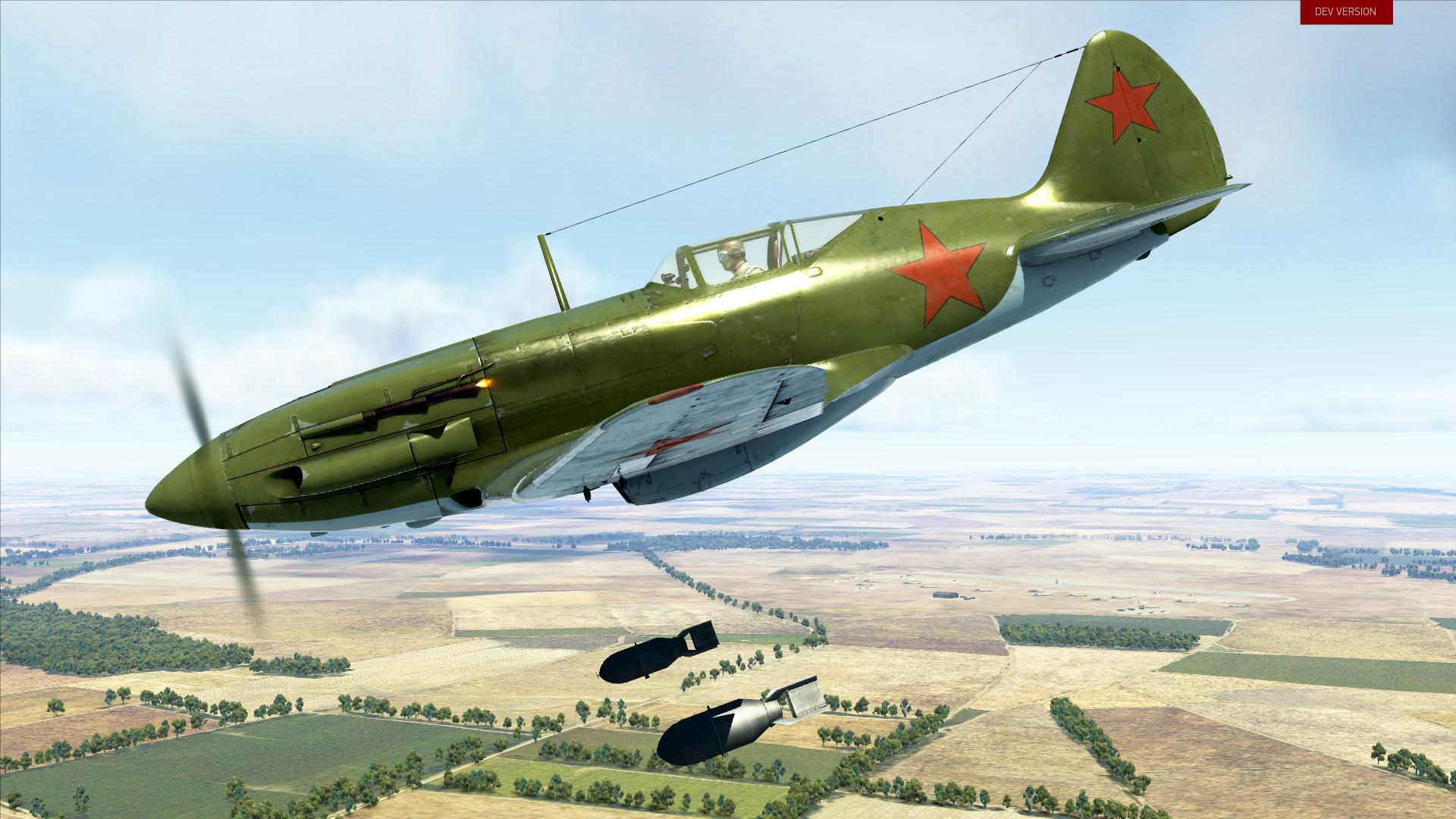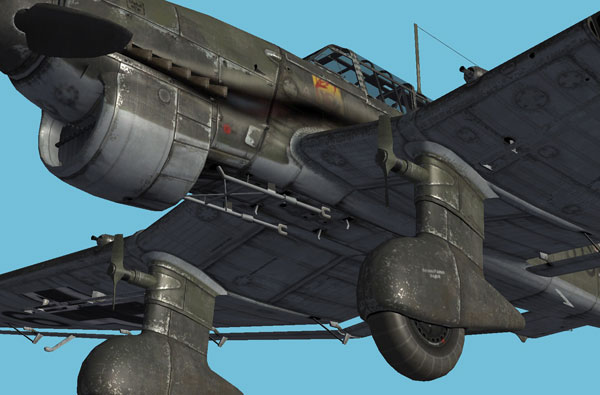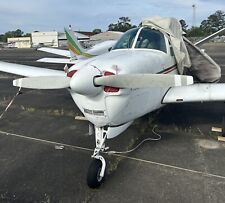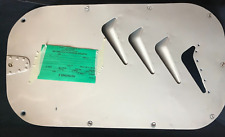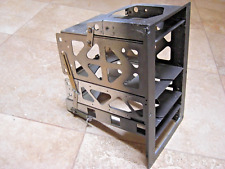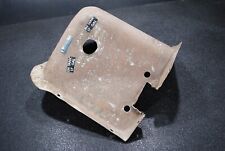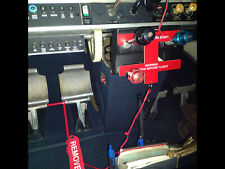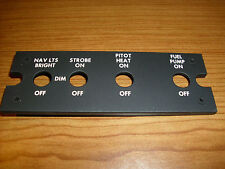Could there be a more daunting challenge in sim literature than writing a retrospective on the IL-2 Sturmovik series of combat flight sim titles? None that I can think of!
 So to help put more than a decade of work into context we have turned to the man behind the series, Oleg Maddox, to give us his views on the highlights and lowlights of nearly 15 years of development.
So to help put more than a decade of work into context we have turned to the man behind the series, Oleg Maddox, to give us his views on the highlights and lowlights of nearly 15 years of development.
But no retrospective can do the entire IL-2 Sturmovik phenomenon justice. We know there will be aspects we don’t cover here, so we apologize in advance, and invite you to discuss and debate them in the feedback forum!
Now, for those who may not have followed the IL-2 Sturmovik story as closely as others, we need to take a quick walk through history.
In 1999 SimHQ hosted a “round table discussion” with the title, “Are Sims Dead?”. It wasn’t the first time fans were worried about the potential demise of their favorite hobby, and it won’t be the last. On the panel was a little known Russian game publisher, “Oleg Maddox: 40, attended the Moscow Aviation Institute and worked 11 years as the lead engineer for one of the largest Russian military research institutes. In 1992, he founded Maddox Games. His company has produced more than 40 games and multimedia products for MS-DOS, Windows and Pen Pad (Palm) platforms. His first flight sim was ‘Stormfighter’, which he described as, “A fantastic scenario and fantastic planes. Arcade flight model using some part of real physics law. It was simple but had a high playability and there was even a very easy to use mission editor included.” The “Are Sims Dead?” roundtable discussion is a two-part download available here and here.
In that article Maddox said, “I don’t think that the flight sim market is a dying breed. I think this genre will transform by the following main ways: 1) Improving common quality. 2) Improvement of the simulation reality. Better to say – the feeling of the reality of surroundings. 3) Improving AI of units, which will allow us to make more complex and realistic scenarios. 4) Increasing complexity of the environment simulation. 5) Increasing of the flight sim community in general. The Internet is a great thing!”
As a summary of the Maddox approach to the IL-2 series, it is very enlightening to look back on. At the time, his team was working on the sim that would become the first in a long series: IL-2 Sturmovik.
IL-2 Sturmovik (2001)
SimHQ writer Tom Cofield said of the first chapter in the IL-2 series, “This sim breaks new ground… from its highly detailed damage model to its amazing graphics…this is a simulation that should move the genre forward by at least a generation.”
Combatsim.com called IL-2 Sturmovik “an instant classic” that is “set in a theater, for us in the West, that’s off the beaten path was a brave decision by the developer and I think that that very difference alone contributes to the unique charm of IL-2 Sturmovik. This sim isn’t perfect, it has a few flaws, but it’s darn close to it and compared to some recent releases it is perfect. For what’s been called a dying genre it is just what the doctor ordered.”
The first IL-2 Sturmovik title supported 1024 x 768 displays, DirextX and OpenGL, and delivered “the most realistic graphics you will see without opening your window and looking up” according to Combatsim. In what would become a harbinger for future IL-2 titles though, running those graphics at high resolution came at a cost even on top line hardware, with stuttering forcing many players to turn down some of the graphics options to get smooth gameplay. Damage effects were particularly impressive for the time, with innovation in both external views of the aircraft, internal cockpit views, and damageable objects on the ground.
The list of flyable aircraft was impressive for the time, with a new (and for some challenging) focus on Russian types, and a notable lack of US and UK machines. The initial release featured flyable variants of the IL-2s, LaGG3 and 5, Mig3, P39, Yak 1 and 3, I-16, FW190A, 109E, F & G, Ju87, and a host of non-flyable planes including bombers. Later patches added more flyables, like the BI-1 Soviet rocket fighter, and the P.Z.L. P.11c Polish fighter.
Advances in combat AI also impressed reviewers of the time, “The AI is so good that it’s hard to tell the difference between AI and human pilots online. They know how to play drag and bait, they will use section tactics, they will use their aircraft’s strengths to their advantage and try to get you to use your aircraft’s weaknesses against you.” Multiplayer functionality was included from the start, with co-op and team deathmatch style play possible. Even players with slower dial-up connections were able to join in.
Below is a video look back at the original IL-2 Sturmovik. It is a compilation of five SimHQ.com IL-2 video clips from the 2000’s. There is no audio and the resolution is low, but you can still see the capabilities in the flight sim. A unique point is the pilot in the video – Oleg Maddox himself.
If there was a disappointment, it was in the campaign engine, which relied on scripted missions, rather than the dynamic type of campaign with which titles like European Air War had recently set new standards. Within a year though, the player community had stepped into the breach, most notably with “Lowengrins Dynamic Campaign Generator”. There was also a lot of grumbling about the Ubisoft server support for online play, which is why most players of the time defaulted to Hyperfighter.sk.
Another innovation was the ability to repaint or “skin” the aircraft (in online mode only mind you) so that players could individualize their aircraft look.
Most importantly, the title was bundled with a powerful mission editor, which gave mission designers fifteen maps from which to choose covering such East Front hot spots as Smolensk, Moscow, Stalingrad, Kursk, and more. Air to air melees, naval encounters, tank battles, artillery duels, were all possible to simulate, together with the relevant time of day and weather. As much as anything else, the simplicity and easy of use of the GUI helped build a strong, constantly flowing base of user created content for the IL-2 series which has kept the titles alive in between releases.
Another innovation worth note, was the developer’s support for third party content. By providing tools to 3rd party developers and licensing their content to ensure quality, Maddox fostered a flow of professional add ons which hit the market soon after the launch of each title in the series, such as Just Flight’s Eastern Thunder add on in 2002.
Looking Back with Oleg Maddox – Part 1
Fred: When I look at the “most discussed” topics on the IL-2 forums, by far the most discussed topic is aircraft skins: IL-2 made it very easy for users to skin their own aircraft, and there are now more than 4,000 skins available on mission4today.com alone. Did you expect that this part of the game would be so popular?
Oleg: Definitely. We put a lot of thought into making our games accessible and expandable. If anything, we probably should have opened up more things to the users. There is of course always a fine line that has to be walked here. If you open too much to the user without putting certain limits of other types, you open your game up to hacking or to vandalism. I’m sure some people who flew Il-2 in the early days still shudder at the memory of “funny” skins many users used online with horrible colors, curse words, or inappropriate pictures or photographs on their planes with no regard for historical accuracy.
I think that things should be open to the users to modify, but the developer should also try to ensure that user content stays within certain guidelines.
Fred: One of the most controversial and most discussed elements of skinning was whether or not to use the hakenkreuz or swastika. There are legal, political, and philosophical arguments around this and many users were not aware that use of the symbol was banned in some major countries like Germany. What are your reflections on all this debate?
Oleg: There’s a Russian saying, “you can’t take a word out of a song.” In my opinion, history is history. I would have preferred not to get involved in any philosophical or political arguments and just recreate things as they were. However, other people seeing parts of history in their own light, such a thing would be impossible. Any decision like that would be viewed by some as a reflection of my beliefs. To me, a swastika on the tail of a 109 is just that, a part of history. Swastika today of course is a completely different thing. It’s a symbol banned in many countries. We really could never publish a game with a swastika among game assets because no publisher would allow it, simply because they want to avoid any possibility of legal troubles. So it was never philosophical or political for us, or was not even my decision. It was simply “guys, by the way, you can’t have swastikas” from above, with no option to discuss.
Fred: Did you ever consider commercializing the ability to make skins by releasing skinning tools, or skins packs for IL-2 aircraft?
Oleg: Not really. If users have tools for free, they release more user-made content, and user-made content draws more people to the game; so by keeping the tools free you are in fact making more money.
Fred: Can you comment generally on some of the challenges you faced and managed in creating software for such a wide variety of PCs and peripherals: what worked, what did not?
Oleg: The biggest problem was simply the fact that we never had enough resources to do testing internally. We rarely had any kind of variety of hardware available to the team. Most of the time, we worked on obsolete machines with older cheaper hardware. We often had to rely on fans to do our hardware testing for us, which often made things very difficult, as doing back-and-forth diagnostics with the only fan with a particular device, located across the globe with an 11-hour difference, often meant that a simple problem took forever to figure out.
Fred: One of the topics which generated the most discussion was NaturalPoint Track-IR / 6DoF support. Looking back, did you anticipate how popular use of this technology would be? The new equivalent is a virtual reality technology called ‘Occulus Rift’ which flight sim developers are watching with great interest – what would be your advice to developers trying to manage emerging technologies like Occulus Rift?
Oleg: As soon as we saw TrackIR, we knew it was a perfect fit. We knew right away that it would be big. It worked great, the price was right, it was basically the perfect product for the perfect niche.
Occulus Rift looks great as well, but I’ve only seen videos of it. Never played with it myself. So it’s hard for me to tell how it would feel. Flight sims are a unique genre that takes the kind of head movements that don’t usually happen in other games. So I’d be very interested to see how it works, especially with our new DCS WWII project where an implementation could be very cool if done correctly.
Fred: Another area of much discussion was the entire emergence of, and management of, online gaming with IL-2. Online combat flight simulation came of age during the life of the IL-2 series – how early did you identify that trend? What was the main focus of your team in optimizing IL-2 titles for online play? What were the difficulties or successes you would highlight?
Oleg: We played many games online in the 90s. We made some pioneer games with ground-breaking multiplayer functionality before Il-2 that were very popular in Russia. We already knew what people wanted, and we could really see what was missing from other flight sims.
Multiplayer has to be open and varied, and allow a large number of people to experience exactly what they want. We knew it had to be blazing fast, offer many options, user mods, user missions, of course dedicated servers, good interface, and a quick way to find exactly the kind of match you want. It was also very important, and almost no one was doing it at the time, to allow the user to feel unique in a game. Not just a copy of the same model as everyone else with only a different name tag. To allow the user to create himself in the game, to put his own face on the pilot, that did a lot to make online feel more real and more personal.
Fred: Hardware / bandwidth advances mean that massively multiplayer combat flight simulation is now possible. Advances in 3D and virtual reality technology will also make the experience even more compelling and realistic. Do you have any thoughts about the future of online flight simulation?
Oleg: Advances in technology also mean that budgets have grown exponentially.
At the same time, the genre has shrunk. There are not that many flight sim fans out there anymore. That means that if anyone has the budget to make a really big online game, they will probably not make it a flight sim. And if anyone tries to make an online flight sim, they will not have anywhere near the budget they need to compete.
There is probably a future in massive online flying games, but not in realistic massive multiplayer online (MMO) flight sims.
Finally, advances in technology mean that computers become more capable of complex physics. And today’s flight sims are still ways off from doing full complex aerodynamics. We’re years if not decades away from doing real-time wind tunnels on complex 3D shapes. Even today’s supercomputers can’t do anywhere near fast enough. So, with all advances, people doing realistic flight sims will probably spend their resources on making flight more realistic, meaning there will not be that much left for massive online. If you have a thousand planes in the air, each is probably using a lot less bandwidth, and therefore is much less realistic, than a sim capped at 32 online players.
So the future? I think there’s a fork in the road. There is a path towards more accessible, more massive, less realistic online – or towards less accessible, smaller, more realistic games.
In Part 2, the Forgotten Battles era.

